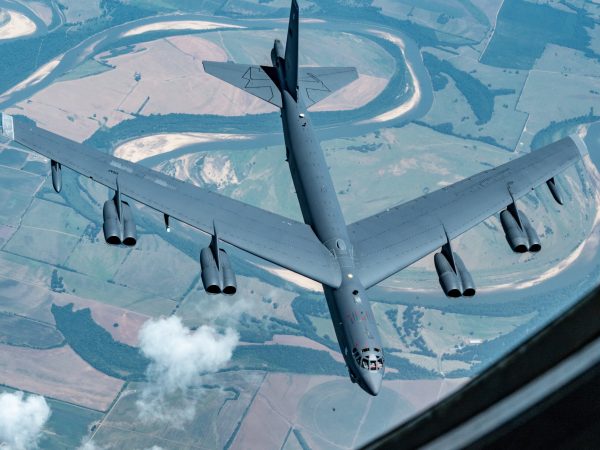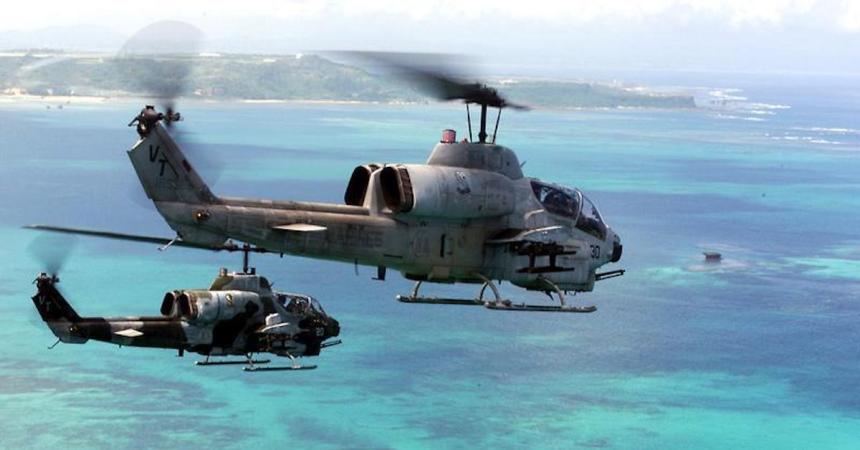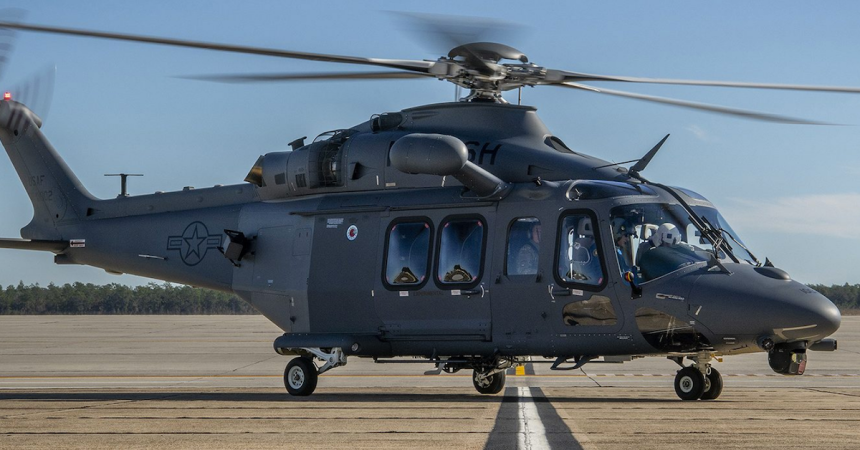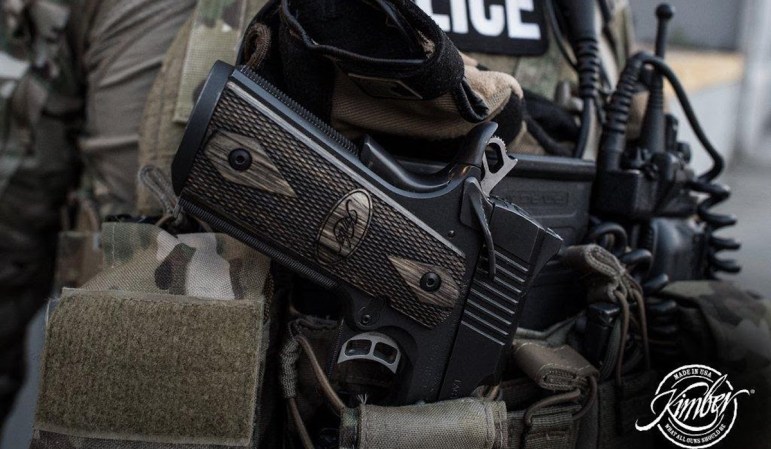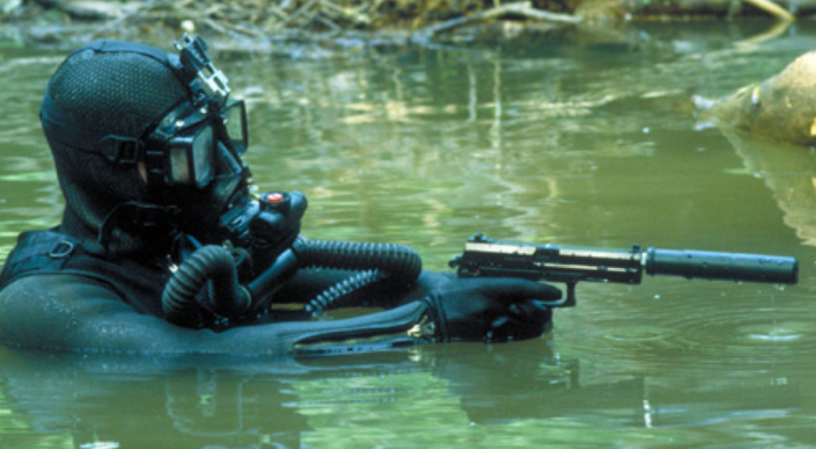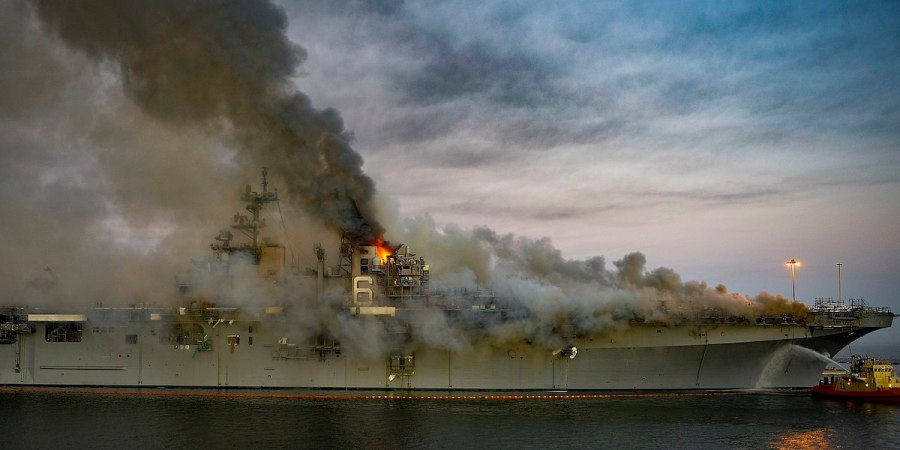Boeing’s B-52H Stratofortress will be in service into the 2040s — a long career for the eight-engine bomber. But what of the earlier versions of the B-52? What is happening to them? Well, the 1991 Strategic Arms Reduction Treaty consigned many to a fate reminiscent of the French Revolution.
The luckiest B-52s were placed on static display – many as “gate guardians” outside air bases and some in museums. A few others ended up as training airframes – permanently grounded, but still serving.

The rest of them, though, were given a very harsh sentence in the so called “Protocol on Procedures Governing the Conversion or Elimination of the Items subject to the Treaty between the United States of America and the Union of Soviet Socialist Republics on the Reduction and Limitation of Strategic Offensive Arms” — an ignominious death.
The so-called “BUFFs” sentenced to elimination were taken to a “conversion or elimination facility.” The United States chose the Aircraft Maintenance and Regeneration Center at Davis-Monthan Air Force Base to be that facility.

Once there, the BUFF was to be “eliminated” in accordance with the Treaty. Here’s that that protocol says must be done:
“(a) The tail section with tail surfaces shall be severed from the fuselage at a location obviously not an assembly joint;
“(b) The wings shall be separated from the fuselage at any location by any method; and
“(c) The remainder of the fuselage shall be severed into two pieces, within the area of attachment of the wings to the fuselage, at a location obviously not an assembly joint.”

The tool for this is surprisingly simple. According to a CNN report, it was a 13,500-pound blade that is hoisted about 60 feet above the BUFF. Then the blade drops like a guillotine (vive la France!).
The planes are then left out for 90 days to allow a Russian satellite to verify that the planes have gone through the “elimination” protocol. After that, they will be taken to be scrapped. Among those that have met that fate, according to CNN, was “Memphis Belle III,” a descendant of the famous World War II bomber. Each plane has 150,000 pounds of aluminum and other metals that will likely be soda cans, a car fender, or the stereotypical razor blades.

Below is a video showing this process underway from the ground level.





